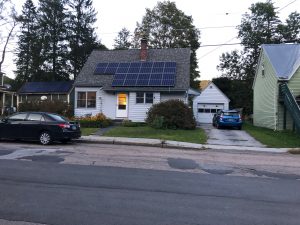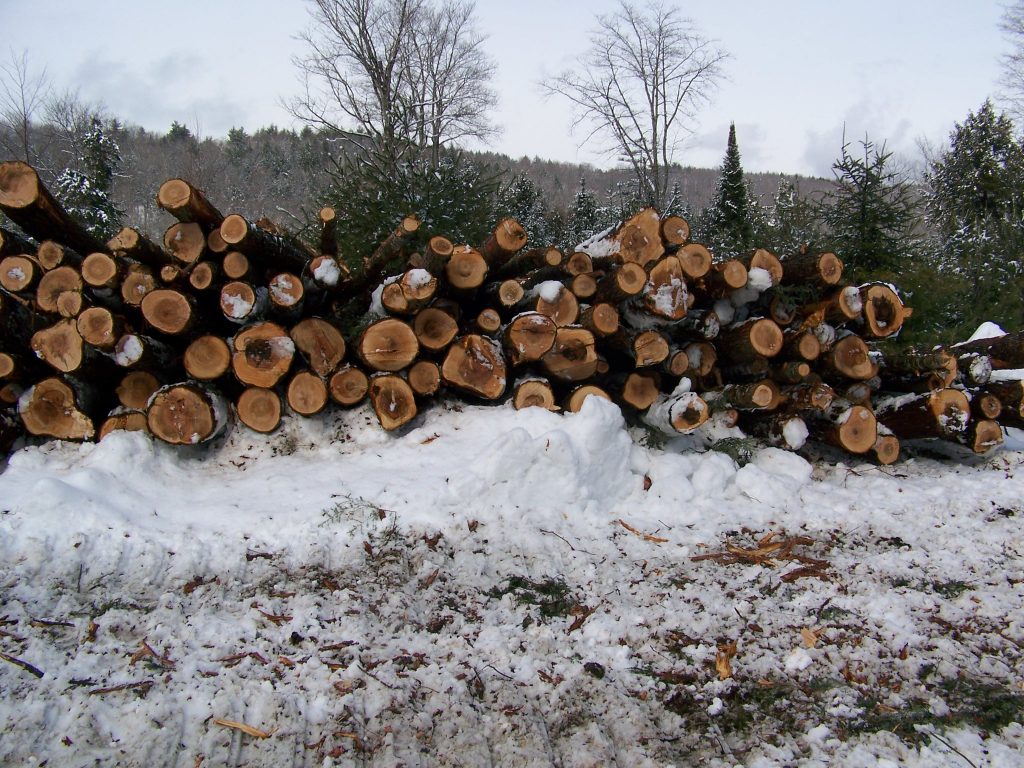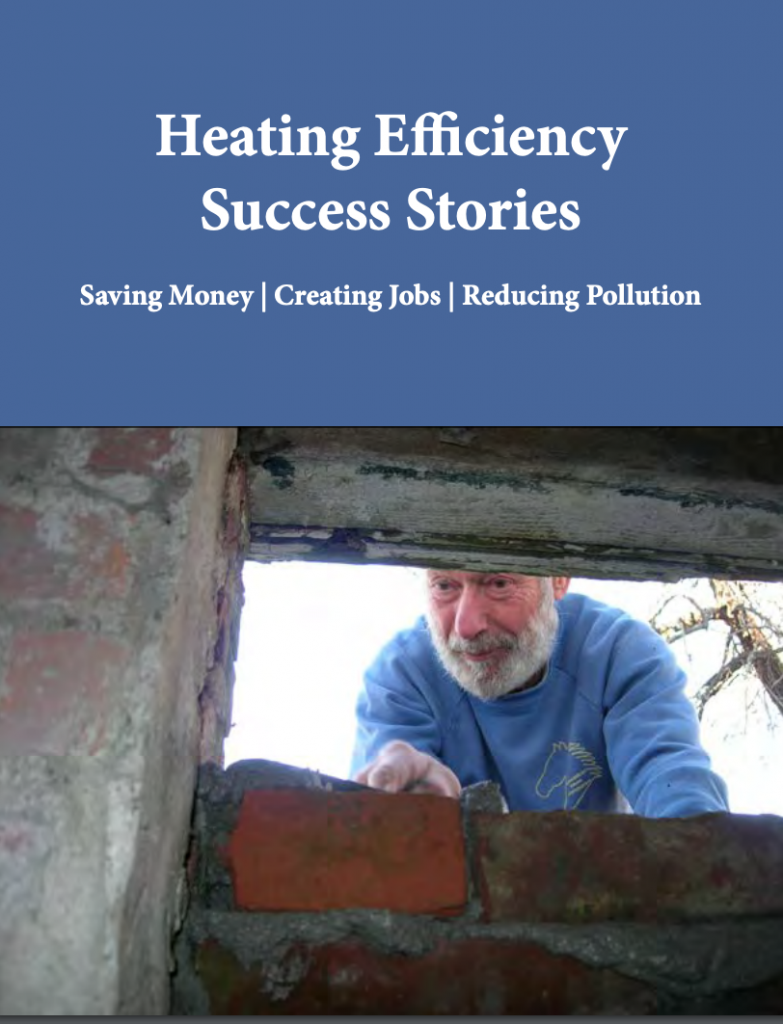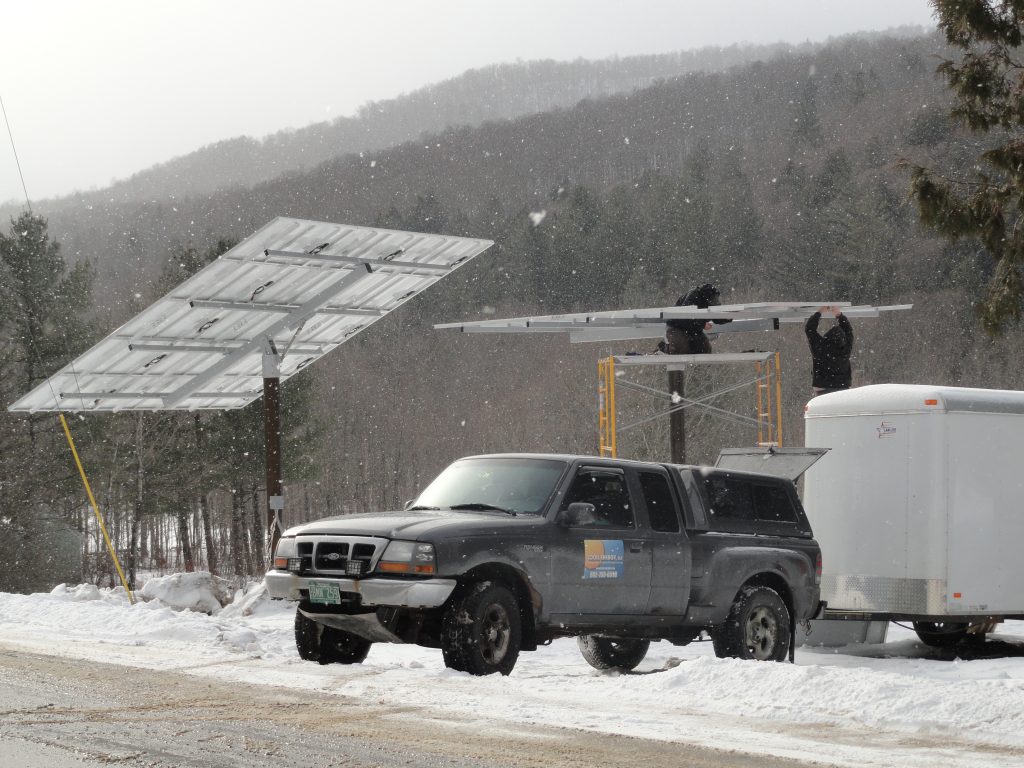Why efficiency?
Efficiency saves money, stops waste, reduces pollution and creates jobs. That’s why it is one of VNRC’s top energy priorities. We work to promote policies, programs and projects that reduce the energy needed to heat homes and businesses or the electricity needed to power our lives as the most cost-effective, climate-friendly energy solution possible.
We work in partnership with stakeholders such as Efficiency Vermont — the state’s acclaimed energy efficiency utility — to help communities undertake energy efficiency projects and promote needed investments in efficiency and conservation. We also work closely with community groups, including energy committees, to help them identify, develop and implement energy-saving solutions.
What is weatherization?
Find out more about our efforts in this arena by contacting VNRC’s Energy Program Director Johanna Miller at jmiller@vnrc.org or check out VECAN.net for more information about energy committees and community-based efficiency efforts.
Vermont has one of the best weatherization programs in the country, and over the years, our weatherization program has improved thousands of homes. We’re proud that our state has chosen to fund this critical aid for low-income households – it serves our shared goals of keeping Vermont communities and homes livable, and reducing our collective energy use. Despite all of these efforts, there are thousands of Vermonters who remain cold all winter and hundreds of thousands of homeowners that could save serious money from energy efficiency investments.
- What’s weatherization assistance? Weatherization assistance is a program that makes meaningful energy improvements in the homes of low-income Vermonters. It’s statewide, funded by a tax on fuel. We also get Federal money, but the bulk of the funding is provided by Vermonters, for Vermonters.
- What are meaningful energy improvements? We use a whole-house approach and make improvements that meet rigorous DOE return-on-investment criteria. The median household energy savings is over $900 per year. Stick-built homes in New England have the highest heating energy burden in the country (see attached).
- What’s low-income? At or below 60% of median – which means around $44,000 annually for a family of 4. At that income level and below, annual energy bills of $3500 or more can be crippling. Low-income Vermonters have incredible difficulty paying for heating, and the LIHEAP assistance we get from the Feds is not enough to help everyone who needs help paying for fuel.
- How does weatherization help? When we improve the house, we bring the energy burden down, address health and safety issues – and make it easier for the members of that household to live affordably and comfortably in Vermont.
- How many people need this? Our older housing stock and mobile homes make for a long list of homes that need this work. Approximately 20-30% of Vermont families could qualify for this service based on income. All LIHEAP recipients are required by law to apply – but there is not enough funding for all of them (last year, Vermont weatherized 1,700 homes while providing LIHEAP to 27,000 households).
- So what’s the issue? We got a big boost in weatherization funding from the Federal stimulus, which is now ending. We’ve expanded training and capacity in weatherization, and, as the economy has stayed challenging and fuel prices increase, more and more Vermonters are in need of this assistance. But there is no additional funding to keep weatherization production at the levels we need.
- What will happen? This spring, Vermont’s weatherization assistance program will be cutting back on services, laying off skilled “green-collar” workers, and returning the program to 2005 levels. The waiting list will get longer (it’s already over a year), and more vulnerable Vermonters will pay high fuel bills while they wait for this important help. We’ll lose ground on our state carbon reduction goals, and low-income Vermonters will continue to struggle to survive. Lost jobs, lost energy savings, and hard times for folks who need help – it’s a lose, lose, lose proposition.
- What can we do? Increase the gross receipts tax! The tax, specifically designated for low-income weatherization, has stayed the same since it was created in 1990. But Vermont has reduced its taxable fuel consumption and fuel dealers are selling fewer gallons. And the need for weatherization – and the technology we use to make a real difference – has skyrocketed. The impact of an increase on the average household is minimal – and the impact on improving Vermont is huge.
Button Up Vermont

Button Up Vermont is a statewide effort to cut energy needed for heating and cooling. In partnership with Efficiency Vermont, VNRC helps to coordinate Button Up Vermont’s yearly efforts to weatherize Vermonters’ homes across the state.
Learn more at Button Up Vermont’s website.
Thermal Efficiency Task Force
In 2008, Vermont enacted a statutory goal to substantially improve how efficiently we heat and cool 80,000 homes in the state by 2020. The Legislature set this goal because heating efficiency makes sense. Heating efficiency is the most cost effective strategy to keep the warmth in; minimizing waste, saving money and reducing greenhouse gas pollution — all while creating jobs for Vermonters.
Despite all these benefits, the state has fallen far short of meeting its residential and building efficiency goals. That’s why, last March, the Department of Public Service convened a Thermal Efficiency Task Force and charged it with making program, policy, financing and funding recommendations to address this shortfall. The task force released its final report January 15, 2013. The report outlines a myriad of recommendations, including several potential funding options for the Legislature to consider this session.
Click here for a two-page summary of the Task Force’s report.








